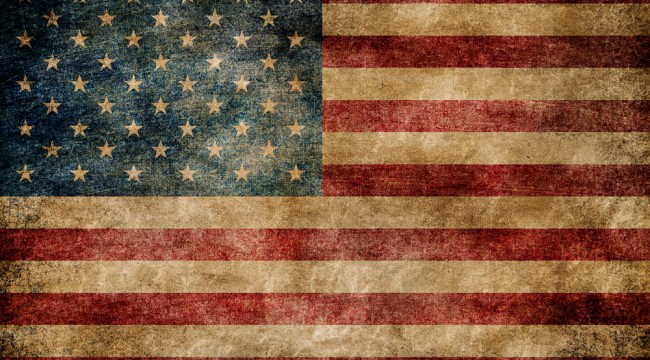“It Can’t Happen Here”
The Federal Reserve printed $4 trillion in the years following the 2008 crash, expanding its pre-crisis balance sheet of about $900 billion to roughly $4.5 trillion. Many people thought, if hyperinflation were ever going to happen in the U.S., it would have already.
Well, it never happened. Today, in response to the pandemic and the economic lockdowns that followed, the Fed has cranked up the printing press to even higher levels. It’s printed almost as much money in one year as it printed in the several years after the financial crisis.
On February 26, 2020, the balance sheet was $4.16 trillion. Less than one year later, it’s roughly $7.3 trillion. Meanwhile, America’s M1 money supply spiked 70% last year.
But this blizzard of money-printing has not caused the level of alarm that the post-financial crisis money creation caused. If we didn’t get the hyperinflation then, they say, why should we get it now? Most people are complacent.
They have a point. We still have no hyperinflation or even moderate inflation (except maybe in asset prices).
But I’ve even argued that we won’t see inflation right away. Inflation is not only a product of money creation but also of money velocity. You can print as much money as you want, but if it’s not exchanging hands and there isn’t much turnover, it won’t lead to inflation.
Inflation is at least as much a psychological phenomenon as a monetary phenomenon. And expectations right now are for disinflation.
Because of the lockdowns and their economic fallout, we will likely suffer a recession in the first quarter of 2021. Money velocity is low, so disinflation is the problem in the short term. But that doesn’t mean inflation isn’t coming back or even that hyperinflation isn’t possible once it does.
Inflation will return, and when it does, it could be massive and potentially lead to hyperinflation. All this can happen faster than most people think.
When you hear “hyperinflation,” you might only think of two images. One is a reckless third-world country like Zimbabwe or Argentina printing money to cover government expenses and worker salaries to the point where trillions of local “dollars” or pesos are needed to buy a loaf of bread.
The second image is of the same phenomenon in an advanced country such as Germany but long ago. Perhaps you think of grainy, black-and-white photos from the 1920s displaying people carting around wheelbarrows of paper money.
The last thing you probably think of is hyperinflation in a 21st-century developed economy such as the United States. We tell ourselves that hyperinflation might happen in faraway or long-ago places, but it can’t happen here.
Yet, it can happen here.
In fact, the United States flirted with hyperinflation in the late 1970s, when Treasury bonds were denominated in Swiss francs because the dollar was rapidly depreciating and people were losing faith in the dollar. We also flirted with hyperinflation in the late 1910s. Other episodes arose after the Civil War and the American Revolution.
Hyperinflation acts like a deadly virus with no cure. It may be contained for long periods of time, but once it breaks out into a general population, there may be no stopping it without enormous losses.
To explain why, it’s essential to know what hyperinflation is, how it begins and how it feeds on itself. In a complex system such as the U.S. economy, small initial blunders can have catastrophic consequences once feedback loops and behavioral changes take over.
Regards,
Jim Rickards
for The Daily Reckoning



Comments: